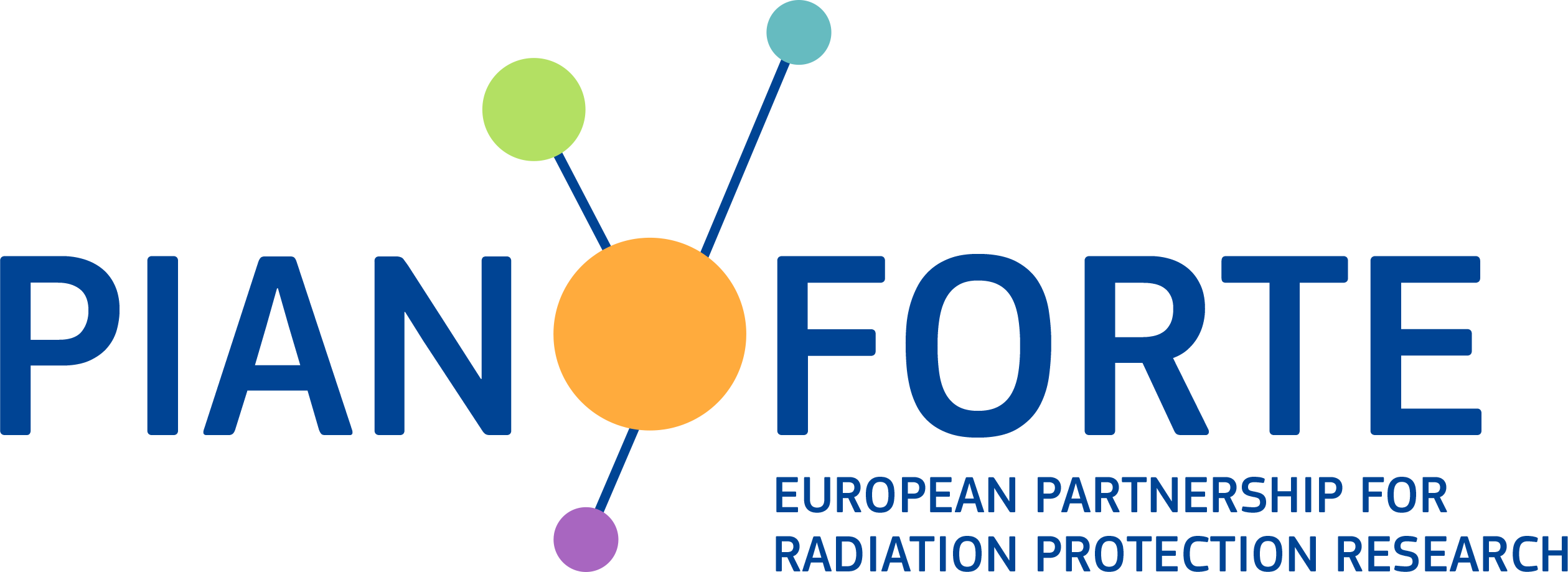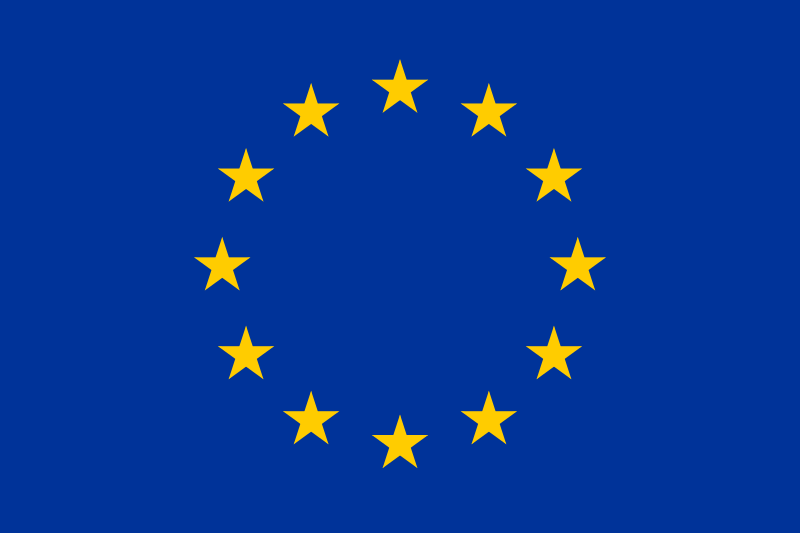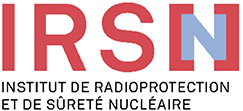PREDICT
PREDICT: ImPRovements in atmospheric dispErsion moDellIng and proteCTive action strategies in case of nuclear detonations
Project coordinator
cwoda@bfs.deProject partners
Federal Office for Radiation Protection (BfS), Salzgitter
Danish Emergency Management Agency (DEMA), governmental agency under MINISTRY OF DEFENCE (MoD), Birkerød
Technical University of Denmark (DTU), Roskilde
Norwegian Radiation and Nuclear Safety Authority (DSA), Oslo
Environmental Protection Agency (EPA), Wexford
Helmholtz-Zentrum Dresden-Rossendorf EV (HZDR), Dresden
Karlsruhe Institute of Technology (KIT), Eggenstein-Leopoldshafen
Norwegian University of Life Sciences (NMBU), Aas
PDC-ARGOS ApS, Brøndby
National Institute for Public Health and the Environment (RIVM), Bilthoven
Swedish Radiation Safety Authority (SSM), Stockholm
Department of Health (UKHSA), Didcot
Met Office (UKMO), Exeter
Project objectives and goals:
The present risk assessment and risk management knowledge of civilian emergency planning organisations concerning radiological consequences of nuclear fallout is still limited. This project aims at filling in significant gaps and improving upon current radiological assessment and decision-aiding technological capabilities. Since the invasion of Ukraine by Russia, there has been ongoing concern over the threatened use of tactical nuclear weapons. In such an event, radiation protection of the public should focus on the fallout zone, where urgent protective actions could significantly help reduce health impacts.
Several European countries have already undertaken assessments of the radiological impacts of nuclear detonations and this project will build on that work, further extending technical capabilities. PREDICT aims to enable the major internationally used decision support systems JRODOS and ARGOS and other nationally used atmospheric dispersion and transport codes and follow-on foodchain models to simulate and predict consequences due to the fallout of a nuclear detonation in Europe or worldwide. A key aspect will be the description of the blast cloud which is complex due to its height, the large number of radionuclides (most short-lived) and variety of particle sizes produced. Using a range of source terms and weather conditions, results from different Partner assessment models will be compared and the uncertainties better understood. Recommendations will be made to improve dose modelling and computing run times.
Existing advice on responding to nuclear power plant accidents will be adapted, and public protection strategies will be reviewed and improved ways of communicating these to the public will be developed. A key outcome will be harmonising the technical means of decision-making following a nuclear detonation event at the European level as well as considering social, ethical and communication aspects. There will be pro-active engagement with decision-makers and other stakeholders to ensure that the information arising from the assessment models will apply a holistic understanding of the event consequences enabling them to better understand the risks and thereby improving the protection of the public from harm.






